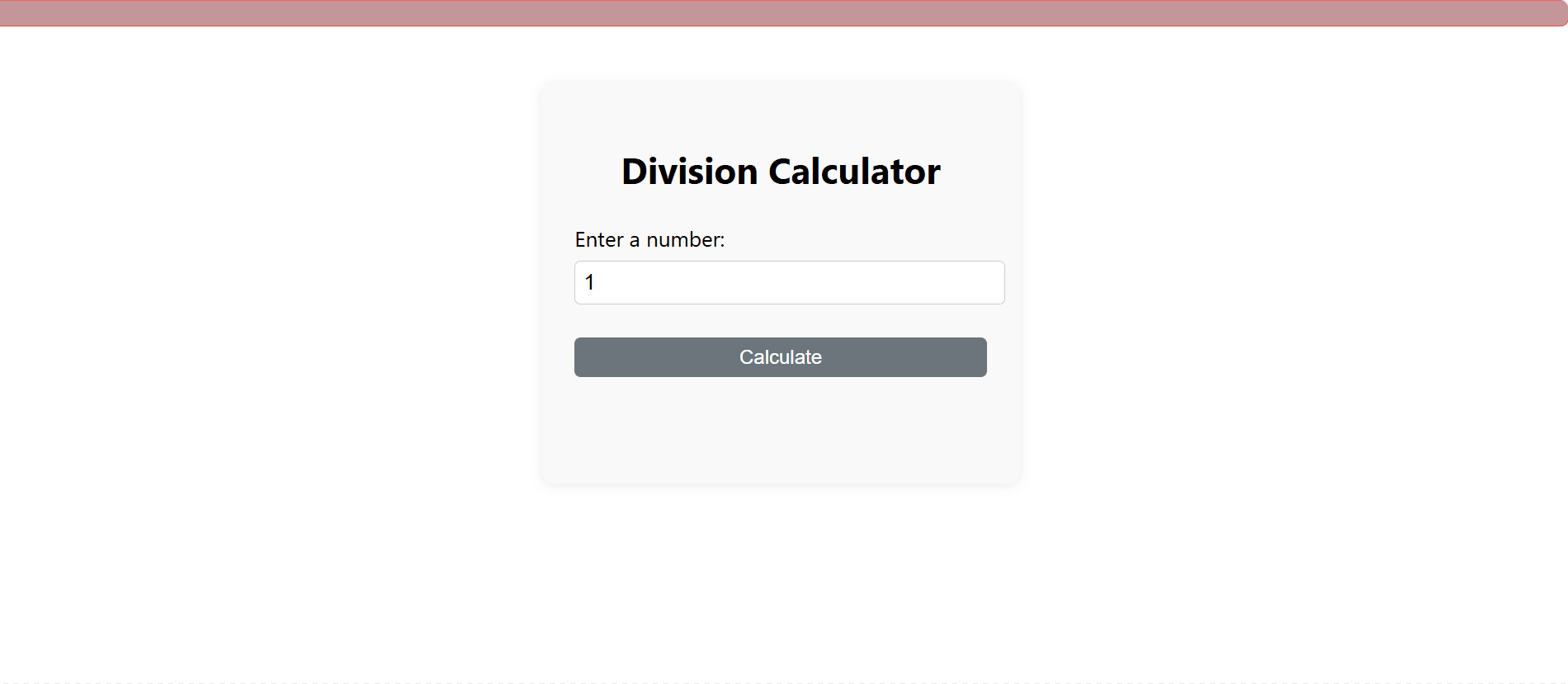Challenge:
With the goal of enhancing the Dash toolkit and making Dash apps even more versatile, we challenge the Plotly community to build installable plugins.
The winning plugins will be judged according to the following categories:
- Creativity of the plugin
- Ease of use of the plugin
- How helpful the plugin is to the Dash ecosystem
The winners will be announced at the end of June and will receive the following rewards:
![]() $250 USD
$250 USD
![]() $125 USD
$125 USD
![]() $50 USD
$50 USD
To participate in the challenge, please share your plugins by replying to this Forum topic by midnight Monday (your time zone), June 30. Please include a link to the plugins on PyPI, the GitHub repo, and a short description.
What are Dash Plugins & Hooks:
Starting from Dash version 3.0.3 Dash provides a system of hooks for creating installable plugins that can extend the functionality of Dash apps and that can be used across multiple apps. You can use hooks to add to an app’s layout, add callbacks, routes, or error handlers.
One big advantage of Dash hooks is that you can share your custom-made plugin with the rest of the Plotly Dash community by publishing it to PyPI. Here’s an example of my colleague, @nathandrezner 's, Dash Stylish Header plugin on PyPI and GitHub, which adds a header to your app with a customizable title.
To use it, simply pip install dash-stylish-header.
Then, in your own app.py file, add the following:
from dash import Dash, html
from dash_stylish_header import register_hooks
# Explicitly register hooks
register_hooks(title="My Dash App")
app = Dash()
Here’s another sample Dash Hook created by community member, Robert, that reads the current logged in user (not yet published on PyPI ).
Resources:
-
recording of demo for building an app-error plugin





